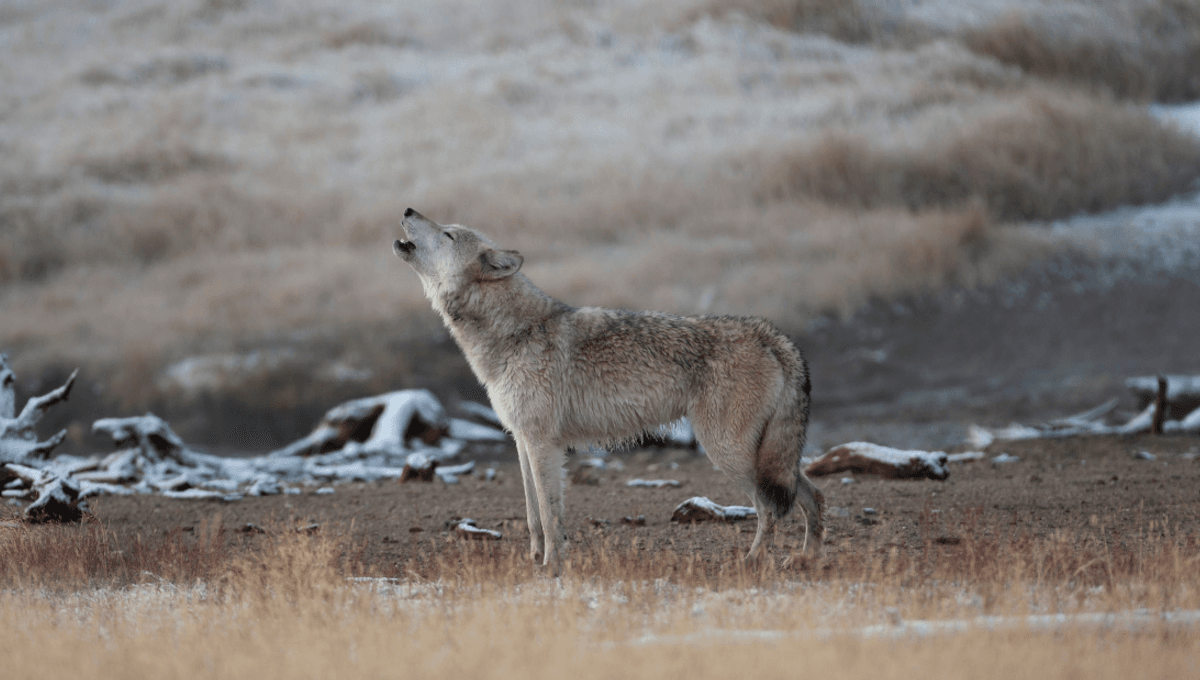
In the 1920s, gray wolves were exterminated in the Yellowstone area because people viewed them as a threat to people and livestock. It was a grave mistake, and one we tried to correct back in 1995 when wolves were reintroduced to the area. Now, we face the tricky issue of monitoring the population’s health without, well, getting in the way.
The Colossal Foundation has teamed up with Yellowstone Forever, the Yellowstone Wolf Project, and Grizzly Systems to innovate new tech that uses bioacoustics and artificial intelligence (AI) to decode wolf communication. If effective, it could transform conservation forever, enabling us to monitor a keystone species from a comfortable distance.
“The reintroduction of wolves to Yellowstone National Park in 1995 showed the significant impact that an apex predator has on its ecosystem,” Colossal’s Chief Animal Officer Matt James told IFLScience. “When wolves returned, they played a key role in controlling prey populations, including elk, which then led to a reduction in grazing pressures on the plant life and allowed for the establishment of willows along the riverbanks, literally changing the course of rivers in the Yellowstone ecosystem.”
It’s hoped the new approach will enable conservationists to track wolves, census populations, reduce human-wildlife conflict, and protect these threatened animals in the vast Yellowstone landscape, and beyond. It aims to use cutting-edge acoustic sensing, machine learning, and continuous ecological data collection across wolf territories to build a picture of their social lives that has the potential for remarkable specificity, as well as dispelling a few misunderstandings about these animals.
“By classifying howls, we are working towards the ability to identify individual packs, or even individual wolves, which would give us the ability to track wolves across space and time passively rather than using tracking collars, as we do today,” said James. “That becomes a powerful tool as it allows us to understand the movement and habitat usage of wolves in a more effective and cost-efficient manner while also gathering magnitudes more data than what we currently are able to collect.”
“The howl data also allows us to begin to understand which calls are associated with which behaviors in a way that can begin to give us a peek into the language of wolves. This becomes an extremely powerful conservation tool as we can begin to show that wolves are not mindless hunters but are emotionally complex, thoughtful, and even empathetic. Anthropomorphizing wolves in this manner can help remove the stigma that wolves have carried with humans for generations, which has led to their persecution.”
James knows a thing or two about wolves, having been a key member of the team behind Colossal’s recent dire wolf functional de-extinction that simultaneously gifted the world’s most endangered wolf a genetic boost of around 25 percent, as well as four new red wolf clones. Good news all round, then.
So, can I get an awooo?
Source Link: How Bioacoustics Could Decode Howls And Give Us “A Peek Into The Language Of Wolves”